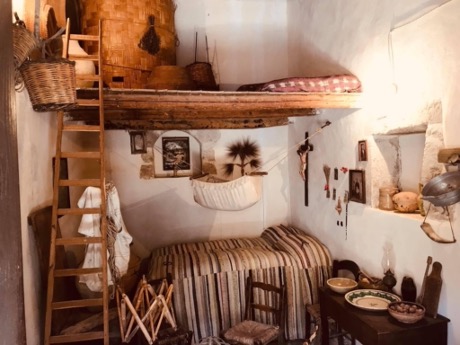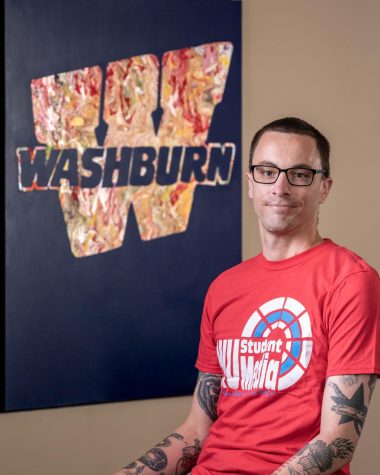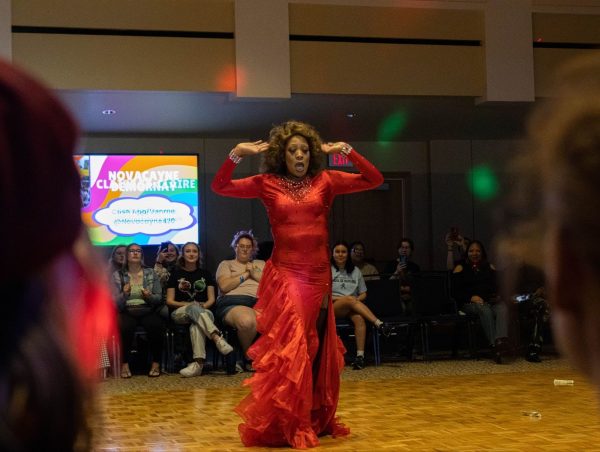Brown Bag discussion reveals the life of Sicilians in the 20th century

A cradle hangs in the corner amid a Catholic crucifix and blessed palm leaves. This typical Sicilian residence at the turn of the 20th century is one of the many places Kerry Wynn visited in 2019.
The Brown Bag lecture presented by International House on Wednesday, April 14, 2022, invited history professor and Director of the Honors Program, Kerry Wynn, to discuss historical trends of Sicilian life. Wynn also shared photos from a personal trip to the island in 2019.
Mining naked for sulfur and watching water dry into salt were two common occupations for Sicilians during the turn of the 20th century, timeframe of Wynn’s historical scope, give or take a couple of decades.
Wynn said that the heat sulfur miners worked through required them to shed their clothing. That’s how hot it was. The effects of the sulfur mining were equally harmful and many workers suffered from lung ailments by the age of 40.
“There is a local notion in Sicily, however, that the island’s greatest economic export is actually labor,” Wynn said.
At the turn of the 20th century, one in four Italians immigrating to the U.S. were Sicilian.
There was political dissatisfaction on the island at the time, and other livelihood prospects consisted mainly of farming or fishing. The economic prosperity of the island was not trickling down to the average resident, so many left the island to make money in America and send it back to their families.
A move to the New York City area for a Sicilian was temporary, as they regularly viewed their lives transatlantically. A mentality focused on their new life and country was rare.
“They would be in constant contact with their family abroad throughout their life,” Wynn said.
Wynn shared photos of the idyllic, pastoral landscapes during her 2019 trip, as well as market scenes in very old towns. These photos featured stone buildings dating back through the various cultural empires which made the island their home in the past couple millenia.
Karen Camarda, chair of the Honors Program and associate professor of physics and astronomy was one of the dozen attendees in the lecture.
“Before COVID, I used to come a lot to these, but I still try to,” Camarda said. “I enjoyed hearing about the different historical sights on Sicily. And I did not know a lot about the history of Sicilian immigration, or emigration rather.”
Edited by: Alyssa Storm, Simran Shrestha, Glorianna Noland
Your donation will support the student journalists of Washburn University. Your contribution will allow us to purchase equipment and cover our annual website hosting costs.








